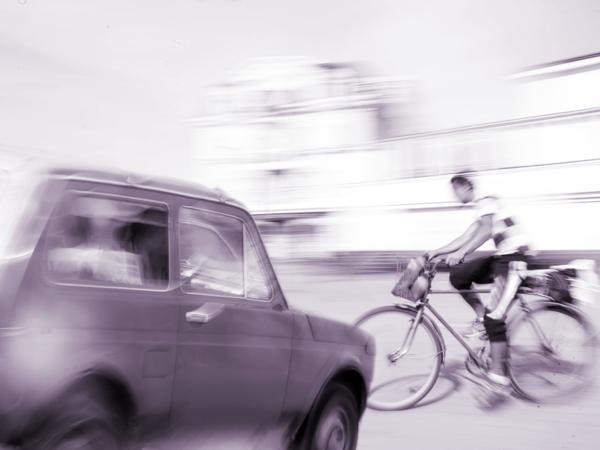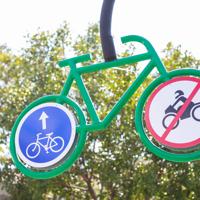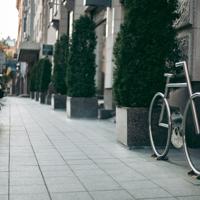Cycling in urban environments presents a unique set of challenges and rewards. Enjoying the wind in your hair as you pedal through the city can be a wonderful experience, but safety must always be a priority. Defensive cycling is one approach that can help reduce the risk of accidents and ensure a more secure commute.
Understanding Defensive Cycling
Defensive cycling involves being aware of your surroundings, predicting potential hazards, and taking steps to avoid them. It’s about being as prepared and cautious as the infrastructure and traffic conditions require.
According to the League of American Bicyclists, defensive cycling is part psychological preparation and part strategic planning. It is about anticipating others’ actions and making safer choices.
Stay Visible
One of the key elements of defensive cycling is making yourself as visible as possible to others. Bright clothing and reflective gear can make a significant difference, especially during low light conditions such as dusk or dawn.
A study from the Federal Highway Administration suggests that cyclists wearing visible clothing were able to reduce collision rates. Consider adding lights or reflective strips to your bike and helmet.
Use Your Senses
Engage all your senses and not just your sight when riding. Listening to traffic and staying alert to unexpected sounds can provide early warning signals that something is amiss. Avoid using headphones or any distractions that can diminish auditory awareness.
A personal experience might illustrate this. Once, while cycling to work, I heard the screeching tyres of a distractible motorist. Even with my back to the vehicle, it gave me enough time to move aside and avoid an incident.
Anticipate Driver Actions
Drivers may not always see you, and therefore, anticipating their actions is critical. Observe their body language, vehicle movements, and signaling.
For example, at intersections, check whether the driver is looking your way before proceeding. You can often tell if they plan to turn without signaling by the movement of their wheels.
Research indicates that intersections remain one of the most dangerous areas for cyclists, outlined in the “Bicyclist Crash Types” study by the National Highway Traffic Safety Administration.
Maintain Safe Distances
Keep a safe distance from parked cars as doors can open unexpectedly. The “dooring” incident is a relatively common accident amongst cyclists in urban areas. A good practice is to allow at least a car-door width while riding near parked vehicles.
Adjust Your Speed
When riding in defensive mode, adjust your speed according to the environment. Slowing down in congested or unfamiliar areas provides more reaction time. The National Association of City Transportation Officials suggests that reducing cycling speed especially where vehicle interactions are frequent can add a margin of safety.
Communicate Your Intentions
Like drivers, cyclists should communicate their intentions clearly. Use hand signals for turns and lane changes to ensure others know what you plan to do. Being predictable helps both motorists and fellow cyclists to anticipate your moves.
Regular Bike Maintenance
A well-maintained bike is critical for safety. Routine checks ensure brakes function properly, tires are adequately inflated, and gears are responsive. A personal checklist or routine can help identify issues before they become safety hazards.
Know Emergency Maneuvers
Practicing emergency maneuvers can be incredibly useful. For instance, a sudden swerve or stop might be essential to avoid an unforeseen obstacle. An online video tutorial or local bike safety class can offer guidance on mastering these techniques.
Conclusion
Defensive cycling is not about being defensive but being prepared, aware, and considerate. It’s a balance between enjoying the ride and navigating safely through urban environments. Engaging with the practice might just be a subtle but effective enhancement to how you experience city life from the bike saddle.
Riding a bike through busy city streets doesn’t have to be daunting. With some attention and practice, these techniques can contribute to a safer cycling experience.




